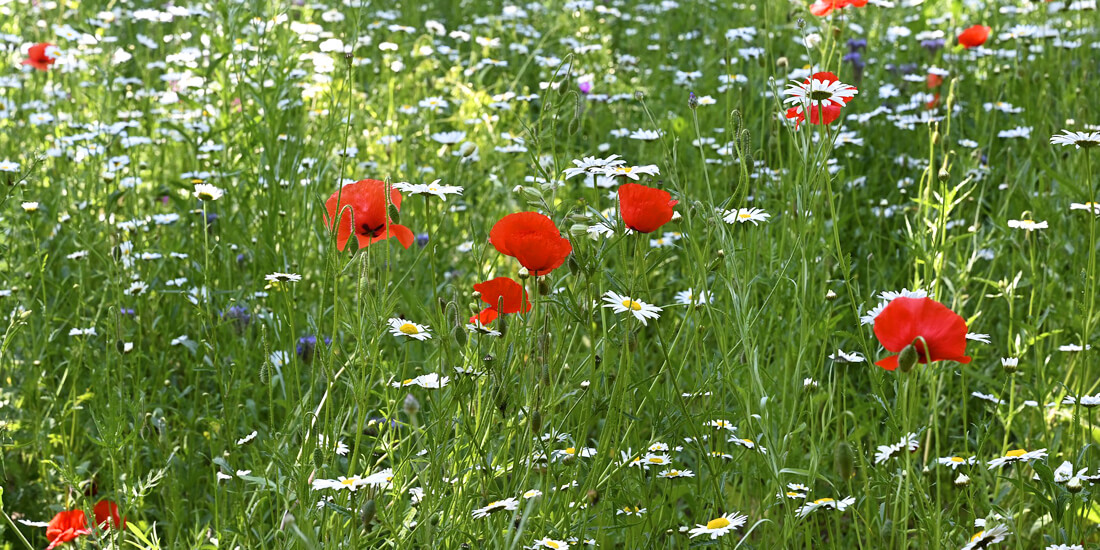5 benefits of sowing wildflowers in autumn

Autumn offers perfect conditions for sowing wildflower seeds for many reasons. Join us as we look at the five benefits of sowing wildflowers in the UK in autumn to get your garden blooming the following spring!
As the summer comes to a close and we start to prepare for the colder days ahead with less sunlight, why not plan ahead for next spring and sow some wildflowers in your garden before winter arrives? By sowing wildflowers in autumn, you are giving something back to nature, planting stunning flowers for you and the family to enjoy while also contributing to the well-being of pollinators, insects and other local wildlife that visits your garden.
Take the opportunity in autumn to add wildflower seeds to your garden and witness the transformation of your surroundings into a haven of biodiversity and colour after winter.
The Benefits of Sowing Wildflowers in Autumn
1: Planning pays off!
- By planning ahead and sowing your wildflowers in autumn, your garden will receive an impressive early display of colourful and sweet-smelling blooms the following spring.
2: Autumn provides ideal conditions for sowing wildflowers
- The autumn and winter climate in the UK creates the perfect growing conditions for wildflowers since the extra moisture in the air will be absorbed by your wildflower seeds.
3: Ready to grow
- Winter frost will help to break the dormancy of the newly sown wildflower seeds and assist in the speed of germination. This isn't technically necessary since our wildflowers are stored in cold conditions all year round, so they are ready for planting at any time, but winter's extra cold snap certainly assists the growth of your wildflowers.
4: No interruptions
- Since many UK bird species have migrated, there will be fewer birds around to steal your wildflower seeds or damage your seedbeds.
5: Less watering!
- Autumn and winter in the UK will bring more rain to your garden, meaning there is less need to water your plants since nature is taking care of this task for you.
Tips for sowing wildflowers in autumn:
- Remove any existing grass, plants or flora from the area where you plan to sow your wildflower seed. Failure to do this will produce poor results.
- Remove the top 5-10cm to reduce soil fertility where you have topsoil / fertile soil.
- Allow the area to cultivate for several weeks, and remove any weeds that may pop in the area during this time.
- Do not be tempted to add topsoil, compost or fertiliser to the area where you intend to sow wildflowers - because wildflowers prefer low-nutrient soil conditions.
- After the cultivation period, ensure you remove stones or any other debris and rake the area to create a fine, friable and level seedbed.
- Scatter the seed at a rate of 5g per m2.
- Rake the seed so that it is in amongst the soil.
- Water the just-sown wildflower seed well.
- Remember you need to keep the newly sown area moist for the first six weeks after sowing. This is very important if you're sowing in drought conditions, and remember that drought can also be common in winter when we get a lot of cold, dry weather in the UK.
We also have a detailed guide for sowing wildflower seeds in your garden and for sowing grass seed in autumn.
For further reading on our wildflower advice, we have included a few helpful guides below: